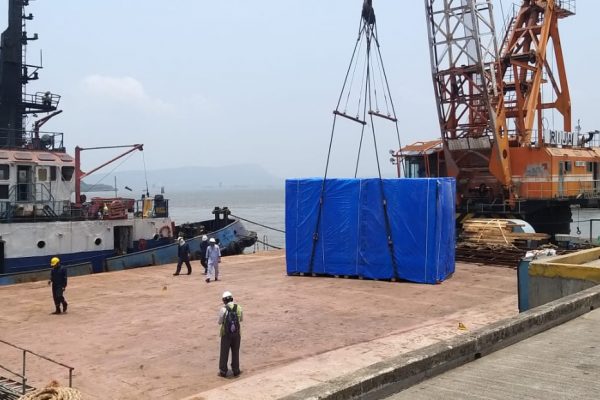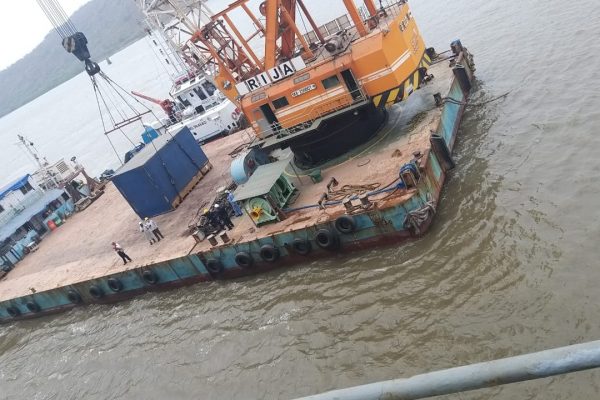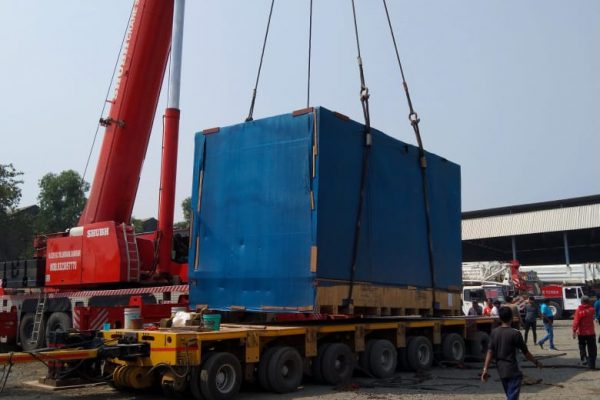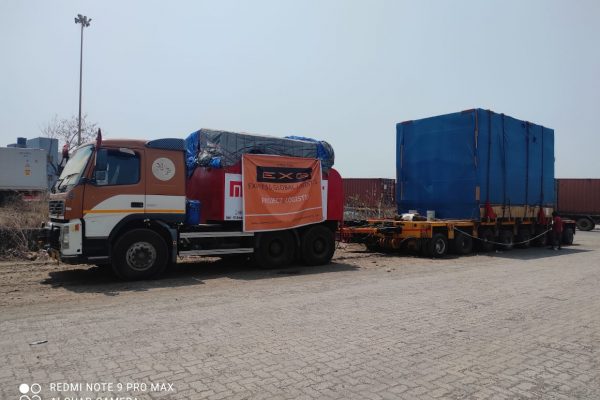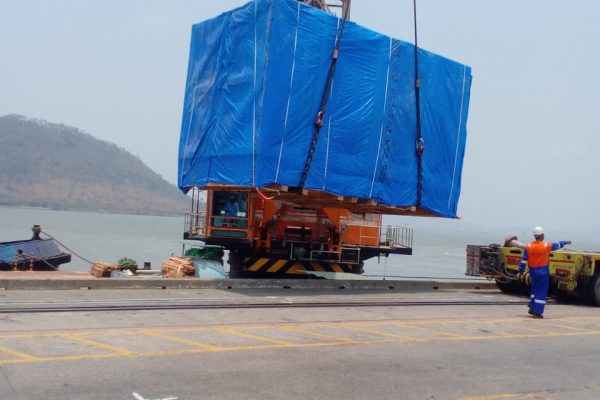We recently delivered two Rotor Units weighing 80 MT each through a multi modal operation for an international manufacturing company specialising in Hydro Power Equipments on Cost & Freight (CFR) basis.
The first Rotor with dimensions L – 5.95 (m) X W – 3.65 (m) X H – 3.90 (m) was loaded from Nhava Sheva port, India to Trieste, Italy.
The second Rotor with dimensions L – 6.35 (m) X W – 3.65 (m) X H – 3.90 (m) was loaded from Nhava Sheva port, India to Antwerp, Belgium.
The scope of the project included transportation from the site, obtaining custom clearance at the port, ocean freight and port handling of the cargo. Considering each unit weighed 80 MT, it was not feasible for them to be loaded using Gantry and Shore cranes. We worked in close coordination with the shipping line and port officials to load the cargo using a floating crane.
We made it cost effective for the client by using break bulk on container vessels instead of conventional break bulk. It was challenging using a floating crane due to unfavorable wind and tide movements. Hence, precision was crucial to get the crane berthed alongside the vessel to load the cargo.
Both the rotors were carefully loaded without any incident. The complex operation was handled through seamless coordination between our project managers & engineers.
The experience of moving the regenerator was unique mainly because of its length with dimensions of 38.3 x 2.33 x 2.37 meters and the time required to complete the movement. The length of the package posed an interesting technical challenge for our engineers.
A detailed route survey was conducted in advance however as the COVID-19 pandemic ramped up, the job had to be executed under an extended national lockdown with no means for a revised route survey. A combination of EXG’s seasoned operations team and highly experienced engineers, was the X factor in the execution of this job. Most of the hurdles were foreseen and solutions were incorporated in the performance methodology. The major transportation challenges were the insufficient turning radiuses on curves, climbs, and slopes which needed careful coordination and skilled drivers to execute. The route had a combination of rough and hilly regions for which the EXG crew was prepared in advance. EXG sourced all the necessary permissions to move the cargo in the middle of a lockdown.
The most challenging part was to arrange prior approvals from the authorities, which was possible with the help of our engineering team, who had proposed multiple solutions for each obstacle. The project team at EXG is committed to solve complex logistics problems for it’s clients and welcomes any inquiries.

